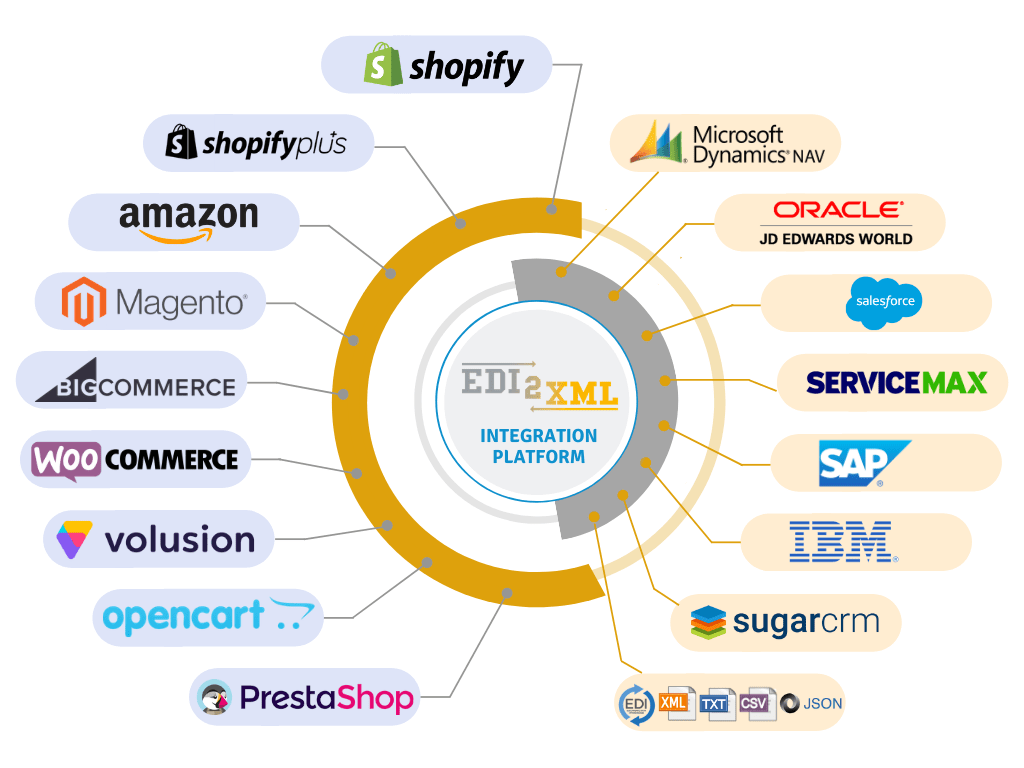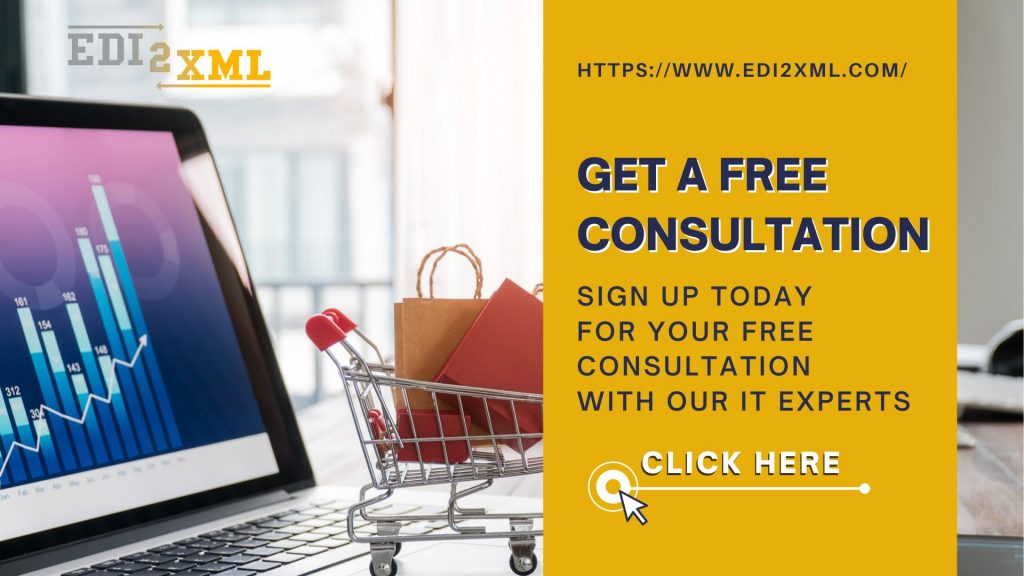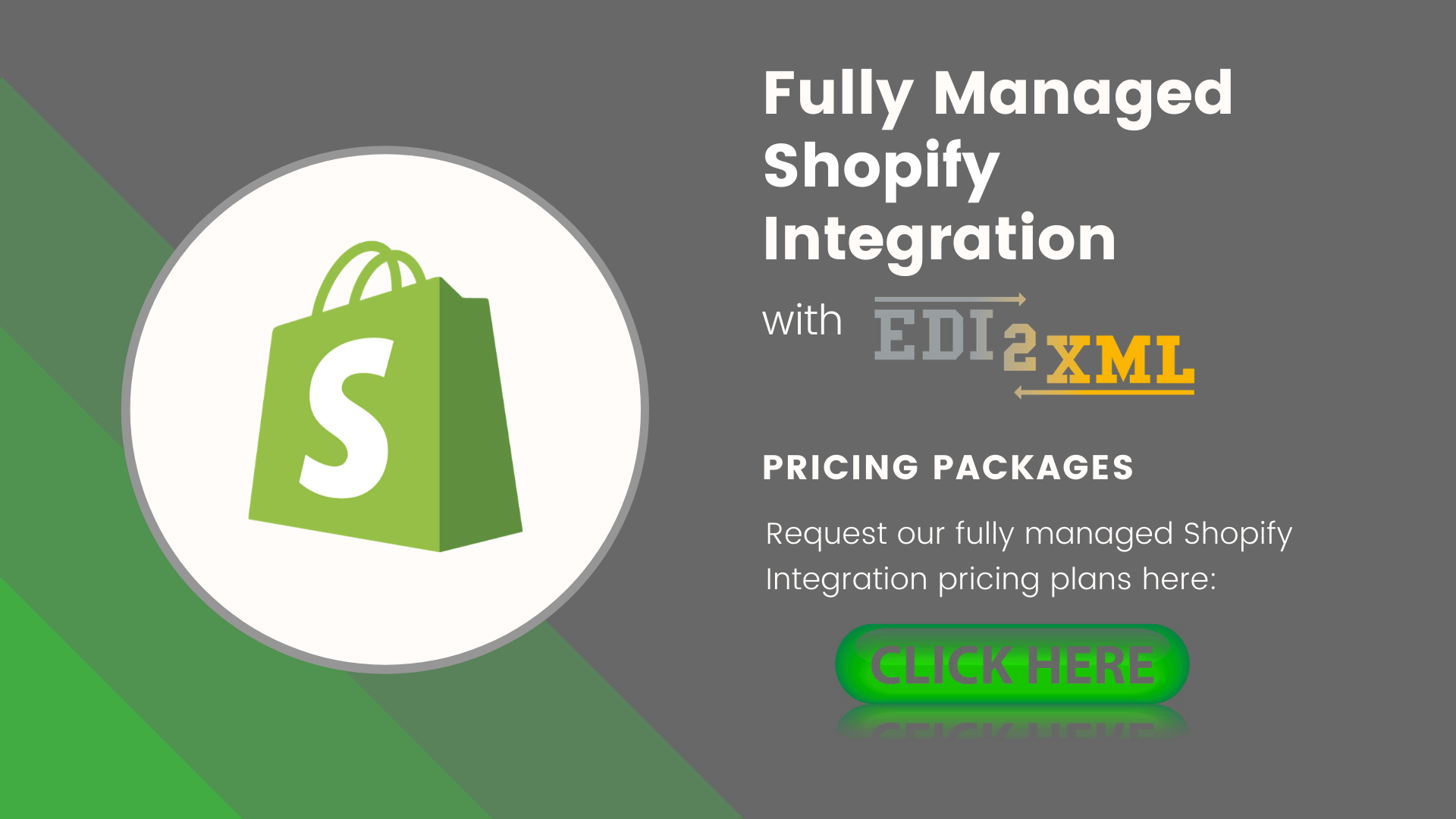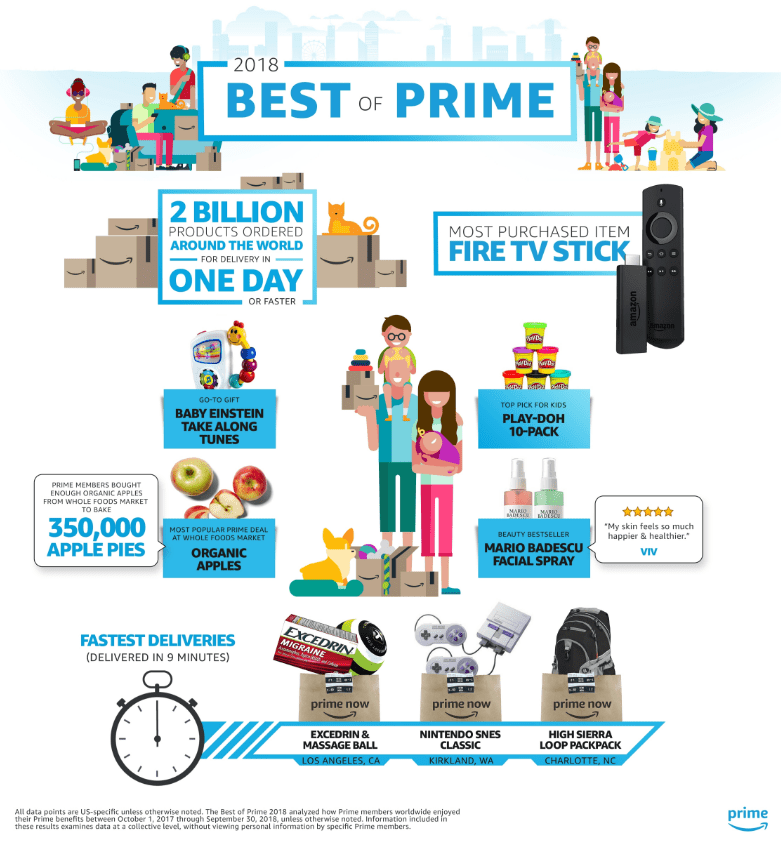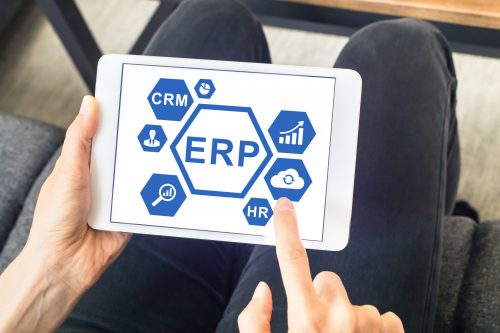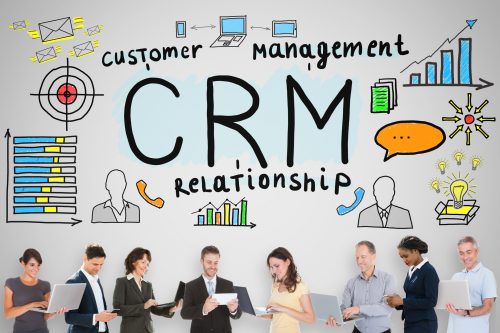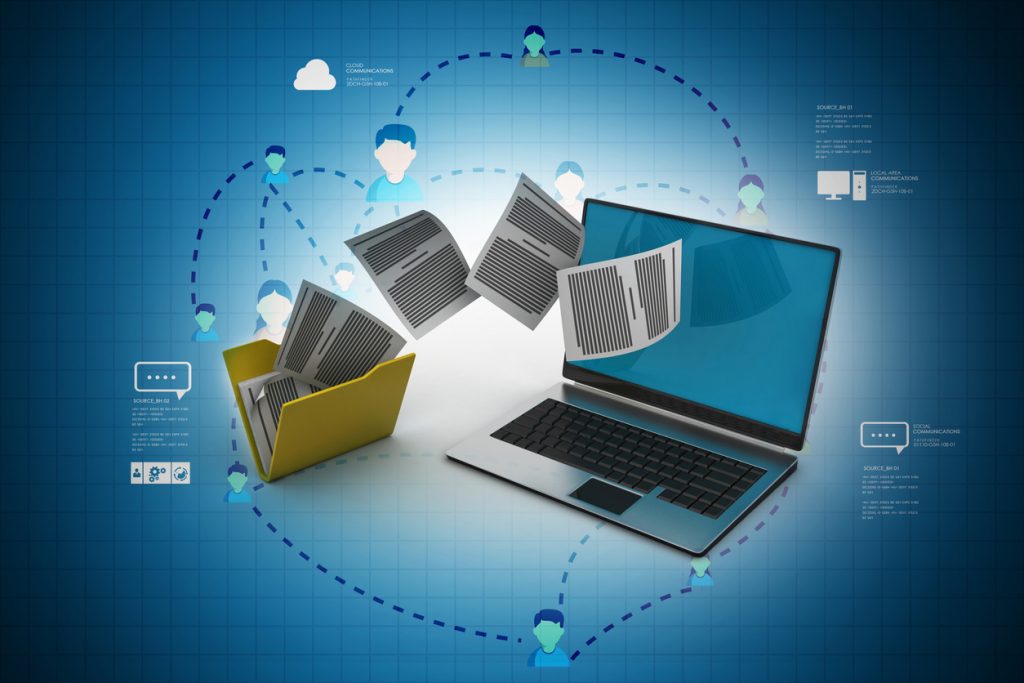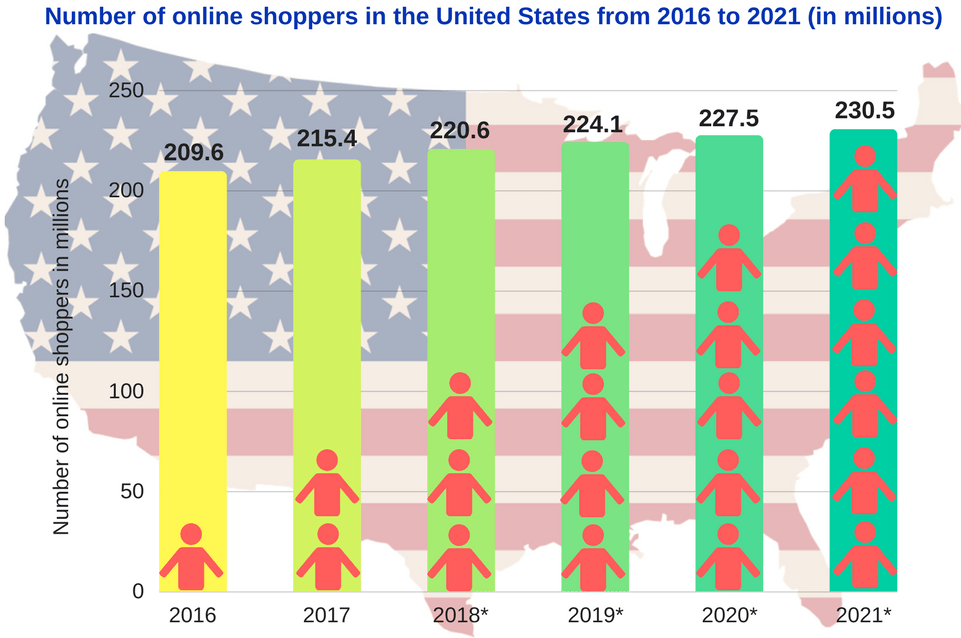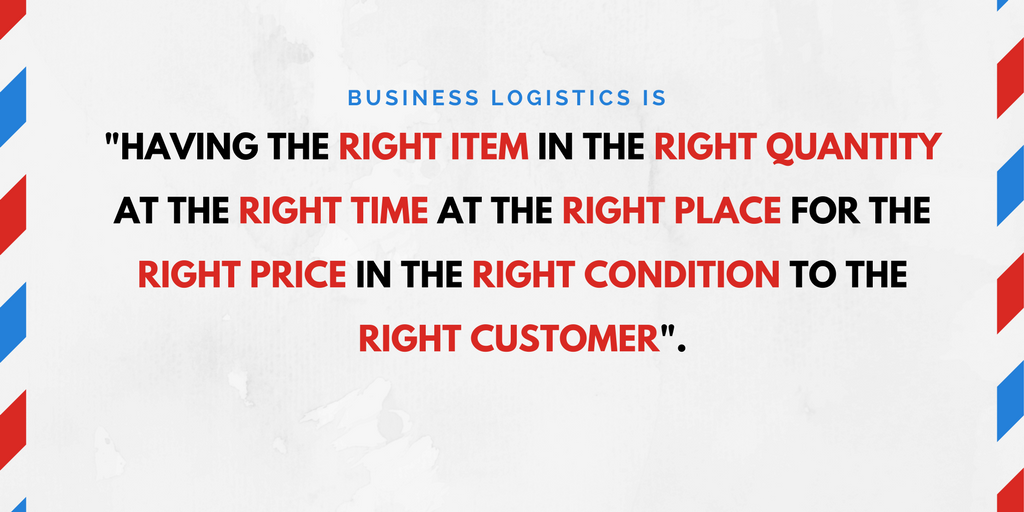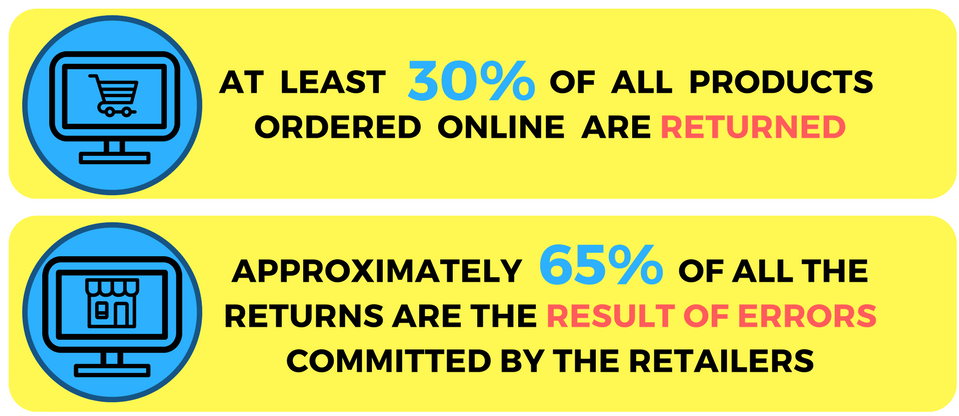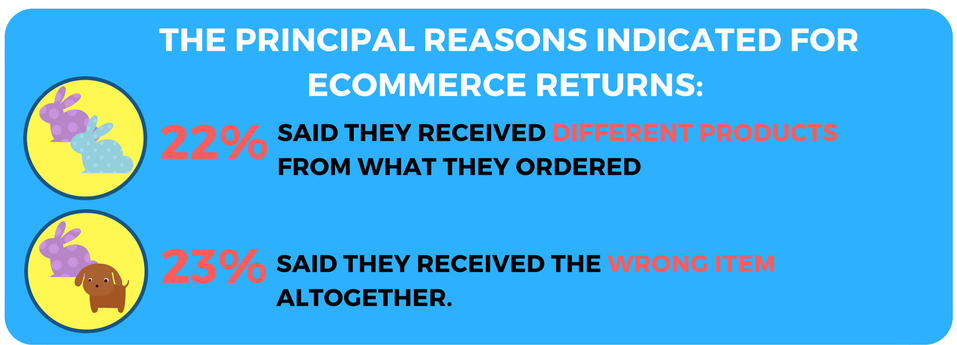A well-performing e-commerce website can attract more visitors to your business on the Internet, help you acquire more customers, and improve your reputation.
It does not matter on which eCommerce platform your online store is built; Shopify, Magento, BigCommerce, Salesforce Commerce Cloud, or some others, the main goal is to quickly and fully satisfy the needs of your online customers.
Ecommerce Business: Launch Your Online Store
As many eCommerce experts advise, an online store should be simple and straightforward, but its functionality should fulfill the modern requirements of users.
The actions of buyers in most online stores are the same:
Step-1. The buyer enters the online store and finds the desired product.
Step-2. The buyer adds the desired product to the “basket” for ordering.
Step-3. The buyer enters personal information to place and pay for the order.
Step-4. The buyer confirms all the information and the order is sent to the representatives of the online store.
Now, what happens next?
Have you ever wondered where the order should “go” after the customer submits and places it?
Actions at this stage are taken by the owners of the online store, and they could be very different. This can ultimately have a big impact on the store’s revenue and reputation.
eCommerce order management is a key revenue driver for online store
The success of any online store largely depends on the accurate and efficient organization of the order process.
Fast and accurate order processing is one of the most important competitive advantages in any e-Commerce business. However, it is impossible to speed up order processing without effective management. Order management implies an organization’s control at every stage of the cycle: from the receipt of the online order to the delivery of goods to the consumer.
One simple online order usually entails the following processes:
- placing an order in the database;
- verification of information from the buyer;
- receiving of payment;
- reconciliation with current stocks in the warehouse;
- shipping and packaging;
- transfer of cargo to the carrier;
- message to the buyer about the current status of the order;
- delivery;
- updating stock status.
Manual eCommerce order fulfillment vs an automated process
Online store orders can be processed manually or automated.
When processing an order manually, the operator needs to do the following:
- Key-in into the internal ERP / CRM or accounting system, data about a new client or find his data in the database.
- Enter customer data (name, email address, phone #, delivery address, payment method, etc.)
- Enter order data (product, quantity, etc.)
- Submit the order for further processing.
This approach does not rule out errors and associated disruptions and delays.
The most effective option for successfully managing online orders is fully integrating the ecommerce online store with your business management systems such as ERP/CRM. In this case, all orders automatically synchronize with your internal management system and can be quickly processed.
Fully managed e-commerce Integration with ERP/CRM system
We, at EDI2XML, offer a fully managed solution to integrate your e-commerce store with any business system such as Microsoft Dynamics, Oracle JD Edwards, Salesforce, ServiceMax, SAP Business One / SAP ERP, or even any homegrown business solutions.
We are experienced in using a state-of-the-art technology that is capable of discovering/reading/writing into ERP/CRM systems, using certified connectors.
Using our advanced integration technologies, we provide our clients with the most necessary solutions for their online business:
- Two-way exchange “eCommerce-ERP”, “ERP-ecommerce”.
- Secure two-way data transfer.
- Automatic exchange processing.
- A stable, reliable, and proven solution.
- Flexibility and scalability. The ability to expand the functionality of your online store at any stage.
- Work with a large array of data.
- Numerous connections with different eCommerce, Amazon, EDI, ERP, CRM, and other business and accounting systems.
Automated eCommerce order management process flow
We eliminate the need for manual data entry by automating the most important business processes, ensuring data exchange between eCommerce and almost all ERP, CRM, and accounting systems.
- The EDI2XML integration platform connects your ERP/business systems with your online store.
- Orders placed on your online store are sent automatically to your business system.
- As you fulfill online orders, the integration platform extracts shipment data from your business system and sends it directly to your ecommerce store thus your clients always have the latest order status.
- Automatically update inventory data in your online store as frequently as you wish.
Benefits of Integrated e-commerce and ERP
Integration is the best solution for optimizing all stages of order processing. It gives companies many opportunities:
- You will be able to receive and process orders in one interface.
- Integration allows you to effectively manage orders in a single structured system from various sales channels (such as your own online store, Amazon account, Facebook marketplace).
- data synchronization ensures high speed of order processing and continuity of processes.
- avoid human errors associated with manual order processing.
- improve customer service and increase profits.
Integration and automation of processes are necessary for online stores with large sales volumes. Additionally, it gets much more necessary, when a company is selling via the multi-channel and omnichannel environment, where the same product is sold online through different channels, and in-store.
An excellent end-to-end solution is the Magic xpi integration platform, which will help automate the process and help speed up order processing.
The popularity of online shopping is skyrocketing like never
As many surveys have shown, more customers are shopping online now than before the pandemic, and this trend continues despite physical stores started re-opening. Thus, this fact is driving the need for digital transformation.
Over the years, we have been helping our clients build successful online businesses. We have extensive and strong experience in data synchronization between eCommerce and ERP/RCM systems as well as automation of processes in the online store built on Shopify, BigCommerce, Magento, and many others.
Contact us for a free consultation and we will help you choose the most suitable integration solution for your e-commerce business.
The following is a list of additional helpful information:
Must-Have Integration between E-Commerce and Business Systems
9 Major E-Commerce Trends That Will Help Grow Your Online Business
The main reasons why you need Microsoft Dynamics Integration with your Business Systems
Shopify and Microsoft Dynamics Nav Integration: Things you should know

